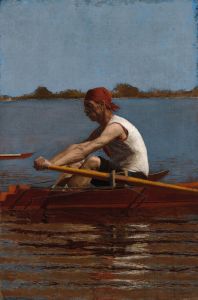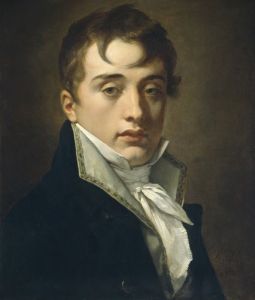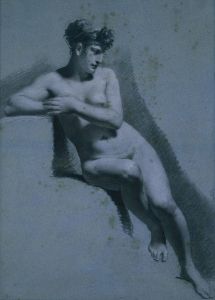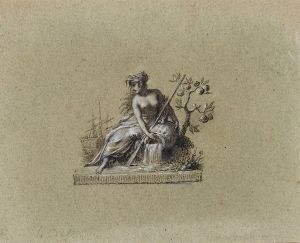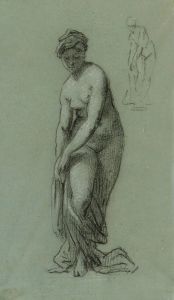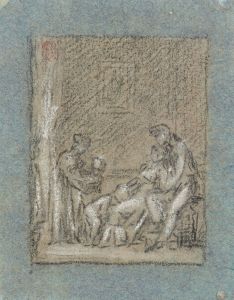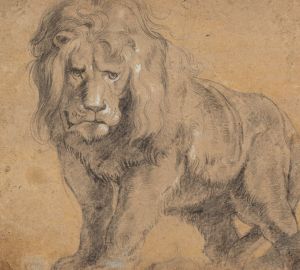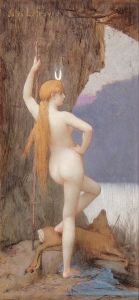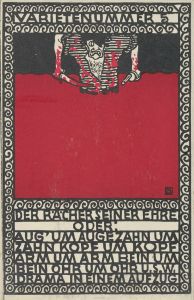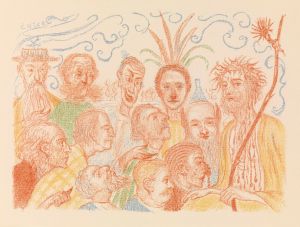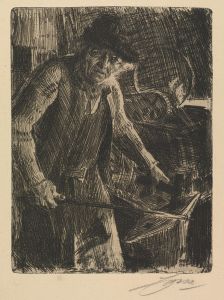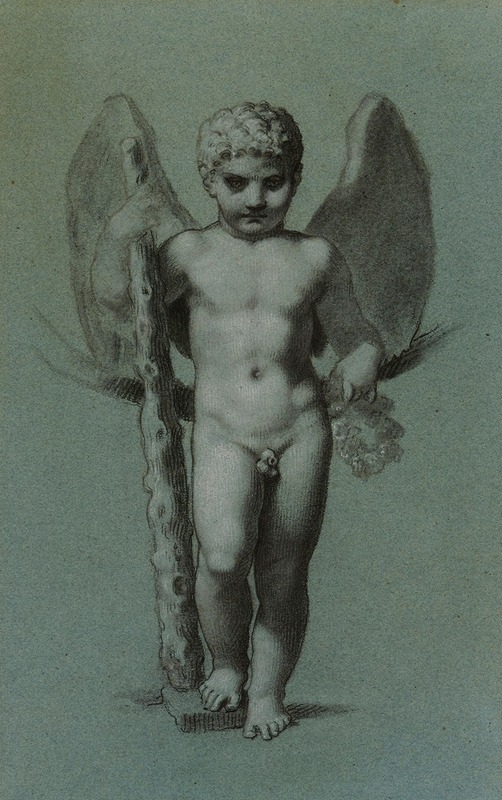
Le génie de la Force
A hand-painted replica of Pierre-Paul Prud'hon’s masterpiece Le génie de la Force, meticulously crafted by professional artists to capture the true essence of the original. Each piece is created with museum-quality canvas and rare mineral pigments, carefully painted by experienced artists with delicate brushstrokes and rich, layered colors to perfectly recreate the texture of the original artwork. Unlike machine-printed reproductions, this hand-painted version brings the painting to life, infused with the artist’s emotions and skill in every stroke. Whether for personal collection or home decoration, it instantly elevates the artistic atmosphere of any space.
"Le génie de la Force" (The Genius of Strength) is a painting by the French artist Pierre-Paul Prud'hon, created in 1802. Prud'hon, born in 1758, was a prominent figure in the Neoclassical movement, known for his unique style that blended classical themes with a softer, more romantic approach. His works often depicted allegorical and mythological subjects, characterized by their delicate execution and emotional depth.
The painting "Le génie de la Force" exemplifies Prud'hon's mastery in portraying allegorical figures. It depicts a powerful, yet graceful figure representing the personification of strength. The figure is typically shown with attributes that symbolize power and resilience, such as muscular build and dynamic posture. Prud'hon's use of light and shadow in this painting enhances the three-dimensionality of the figure, giving it a lifelike presence.
Prud'hon's technique in "Le génie de la Force" reflects his training and influences. He studied at the Dijon School of Art and later in Paris, where he was influenced by the works of classical antiquity and the Renaissance. His style was also shaped by his admiration for the works of Leonardo da Vinci and Correggio, which is evident in his soft modeling of forms and the atmospheric quality of his compositions.
The painting was created during a period of significant political and social upheaval in France, following the French Revolution and during the rise of Napoleon Bonaparte. Prud'hon's work often resonated with the themes of the time, reflecting the ideals of heroism, virtue, and the human spirit. "Le génie de la Force" can be seen as an embodiment of these ideals, celebrating the concept of strength not just in physical terms, but also as a moral and intellectual virtue.
Prud'hon's career was marked by several prestigious commissions and accolades. He was appointed as a court painter to Empress Joséphine, Napoleon's first wife, and produced numerous portraits and decorative works for the imperial family. Despite his success, Prud'hon faced personal struggles, including the tragic death of his wife and his own declining health in later years. He continued to work and teach until his death in 1823, leaving behind a legacy of influential works that bridged the gap between Neoclassicism and Romanticism.
"Le génie de la Force" remains an important example of Prud'hon's artistic achievements. It is housed in the Louvre Museum in Paris, where it continues to be admired for its technical excellence and expressive power. The painting is a testament to Prud'hon's ability to convey complex allegorical themes through his refined and emotive style, making it a significant piece in the history of French art.





